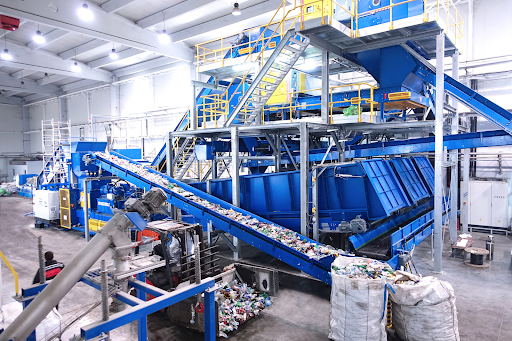Setting up a recycling plant, particularly for materials like cardboard, is an effective way to contribute to sustainability while creating a viable business model. With the increasing demand for recycling and the necessity to manage waste responsibly, this guide provides a comprehensive overview of how to establish a successful recycling plant.
Step 1: Conduct Market Research
Before embarking on your recycling plant setup, conducting thorough market research is essential. This helps you understand the demand for recycled materials in your area and identifies potential competitors.
1. Identify Your Target Market
Determine who will be your primary customers. This could include local businesses, manufacturers, or municipalities that need recycled materials like cardboard. Understanding their needs will guide your operations.
2. Analyze Competitors
Research existing recycling plants in your area. Analyse their strengths and weaknesses to find opportunities for differentiation. Consider factors like pricing, services offered, and customer satisfaction.
Step 2: Develop a Business Plan
A detailed business plan is crucial for the successful setup of your recycling plant. This plan should outline your business goals, operational strategies, and financial projections.
1. Define Your Services
Decide which services you will offer. In addition to cardboard recycling, you might consider other materials like plastics or metals. Diversifying your offerings can increase revenue.
2. Financial Projections
Estimate your startup costs, operational expenses, and potential revenue. Include costs for equipment, facility rent, permits, labour, and marketing. This financial blueprint will help you secure funding.
Step 3: Choose a Suitable Location
Selecting the right location for your recycling plant is critical. Look for a site that is accessible to your target customers and suppliers.
1. Proximity to Supply Sources
Choose a location close to sources of recyclable materials, such as businesses that generate cardboard waste. This reduces transportation costs and facilitates easier collection.
2. Zoning Regulations
Ensure that your chosen location complies with local zoning regulations for industrial operations. This may involve obtaining necessary permits and licenses.
Step 4: Acquire Equipment
Investing in the right equipment is crucial for efficient recycling operations. For cardboard recycling, you’ll need several key pieces of machinery.
1. Cardboard Shredder
A cardboard shredder breaks down large cardboard boxes into smaller pieces, making them easier to process. Choose a model that meets your expected volume.
2. Baler
A baler compresses the shredded cardboard into bales for storage and transport. This helps maximise space and simplifies logistics when selling recycled materials.
3. Conveyor Systems
Implementing conveyor systems can streamline the sorting and processing of materials, improving workflow efficiency in your plant.
Step 5: Implement Recycling Processes
Establish clear processes for collecting, sorting, and processing cardboard. A well-defined workflow ensures efficiency and maximises recovery rates.
1. Collection
Set up a collection system for acquiring cardboard waste. This could involve partnerships with local businesses, drop-off points, or scheduled pickups.
2. Sorting
Once the cardboard is collected, sort it by quality and type. Removing contaminants (like plastics and metals) is vital for maintaining the quality of recycled materials.
3. Processing
Process the sorted cardboard using your shredders and balers. Ensure that the materials are properly prepared for sale or further processing.
Step 6: Develop Partnerships
Building strong relationships with local businesses and municipalities can enhance your recycling plant’s success.
1. Collaboration with Local Businesses
Work with businesses to implement recycling programs that encourage them to send their cardboard waste to your facility. Offer incentives for participation.
2. Engage with Government Programs
Explore partnerships with local government programs focused on sustainability and waste management. This can provide additional resources and support for your plant.
Conclusion
Setting up a recycling plant for cardboard and other materials is a significant step toward sustainability and resource management. By following these steps, you can create a successful operation that not only benefits your business but also contributes positively to the environment. As the demand for recycled materials continues to grow, investing in a recycling plant can be both a profitable venture and a meaningful way to reduce waste.


